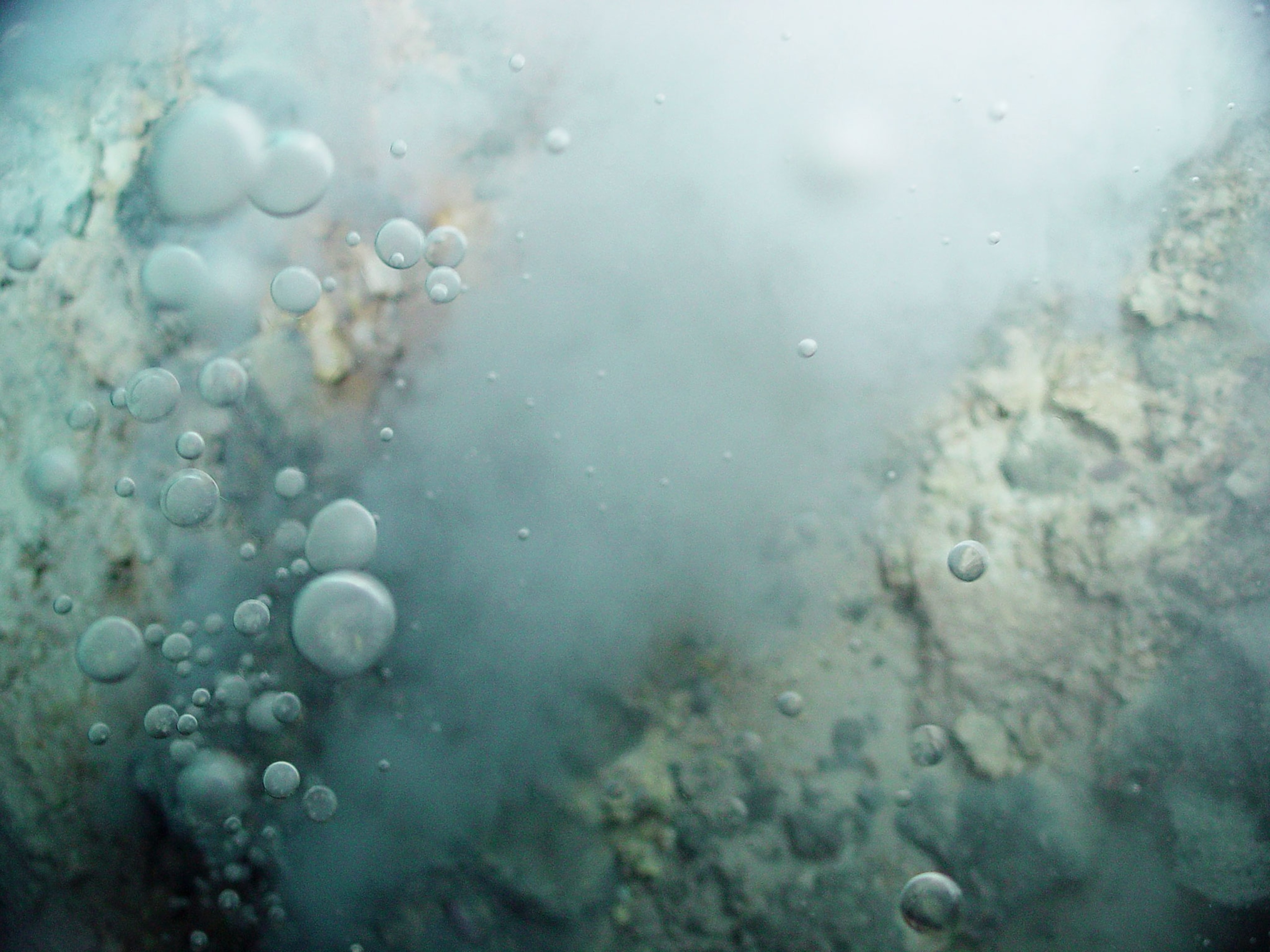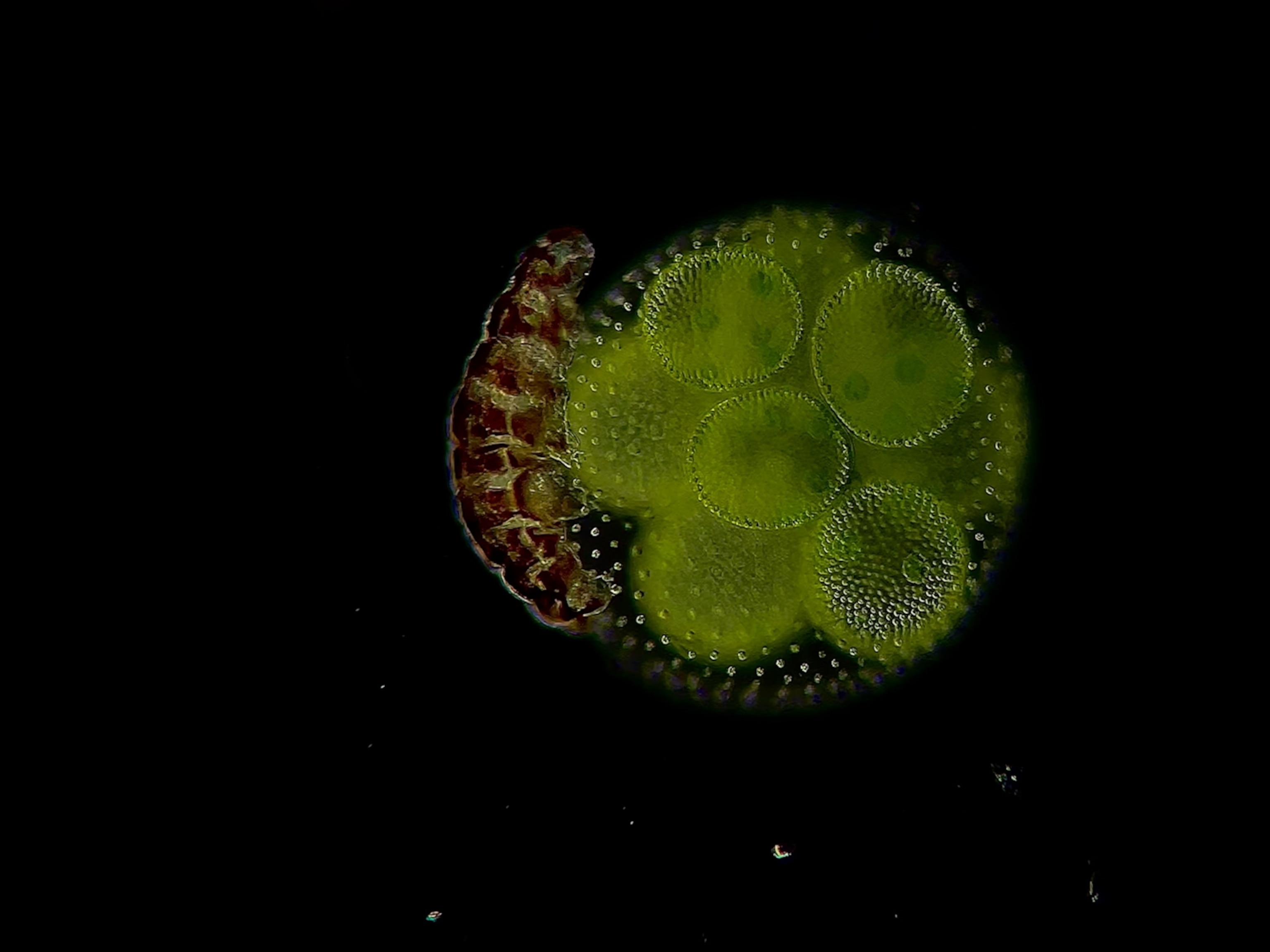Scientists already knew that the creatures, which resemble underwater hedgehogs, are one of only a few invertebrates (animals without backbones) on the human branch of the evolutionary tree.
But a new sequence of the California purple urchin's genome reveals that the marine creatures and humans bear a striking number of similarities. (See related news photo: "Sea Urchin Genome Decoded".)
"Comparing all the genes of the sea urchin, it's actually quite similar to us," says George Weinstock, who led the sequencing project. Weinstock is co-director of the Human Genome Sequencing Center at Baylor College of Medicine in Houston, Texas.
The sea urchin is one of the few marine organisms whose genome has been sequenced. The study therefore also provides insights into the vital role of sea urchins in many marine ecosystems.
"Sea urchins are major grazers in shallow seas of many parts of the world's oceans ... and they are the main prey of many top predators," says John Pearse, a biologist at the University of California, Santa Cruz.
Results from the sequencing project and accompanying articles, including one by Pearse, will appear in tomorrow's issue of the journal Science.
Kelp Forests
Sea urchins, which feed mainly on algae, live in environments that alternate between species-rich kelp forests and sea urchin-dominated "barrens."
"They are known to limit sea grass and kelp production and consequently the diversity and complexity in communities supported by these producers," Pearse says.
He compares sea urchins to rabbits and other grazers found on land.
"Sea urchins are the main prey of many top predators—including crabs, lobsters, fish, and sea otters—that directly limit their abundance, comparable to how coyotes, hawks, and owls limit the abundance of rabbits," Pearse says.
With a diminishing population of sea otters in California's Monterey Bay, for example, the population of sea urchins has multiplied. The sea urchins are reportedly chewing up the kelp forest in the area and upsetting the ecosystem. (Related video: "Killer Whale Mystery at Monterey Bay".)
There are other factors that influence sea urchins' ecological role, including interactions among different urchin species.
"Populations of some species tend to explode and devastate the communities they are in, while others rarely do so," Pearse says. "Knowledge of their genome might allow people to better understand the underlying mechanisms that lead to such differences."
Sea urchins can also be used by scientists to detect toxic chemicals.
"One of the things in the genome project has been to come up with a very detailed description of the defense mechanism that sea urchins have to deal with toxic chemicals," Weinstock, of Baylor College of Medicine, says.
"Understanding their sensitivities and resistances could potentially help fine-tune our use of them, in terms of understanding the marine environment."
Humans are also directly affecting sea urchin populations. Sea urchin roe, or ovaries, are a delicacy in Korea and Japan.
The U.S. sea urchin fishery has been in decline in recent years, however, because of reduced demand from Japanese consumers. (Related: "Seafood May Be Gone by 2048, Study Says")
Human Cousin?
The urchin's usefulness as a model for developmental biology was another major reason for the sequencing project.
Scientists have long used sea urchins to study fertilization and early development in humans.
"The series of steps that happen after an egg is fertilized by a sperm ... those very early events turn out to be the same in the sea urchin as they are in the human," Weinstock says.
The scientists identified more than 23,000 genes in the 814 million base pairs, or "letters," of DNA code taken from the sea urchin.
The sea urchin represents the first sequenced genome from the echinoderms, which are the closest known relatives of the chordates, the group that includes vertebrates, animals with spinal columns.
(Get a brief overview of human genetics.)
The genome includes analogs to many essential human genes that were previously thought to be exclusive to vertebrates.
But missing among the sea urchin genes are some genes found in flies and worms. This, scientists say, shows that sea urchins are closer kin to humans than beetles, flies, crabs, and clams.
"Humans and sea urchins have a common ancestor," Weinstock says.
The eyeless sea urchin also has genes associated with taste, smell, hearing, balance—and surprisingly, even vision.










